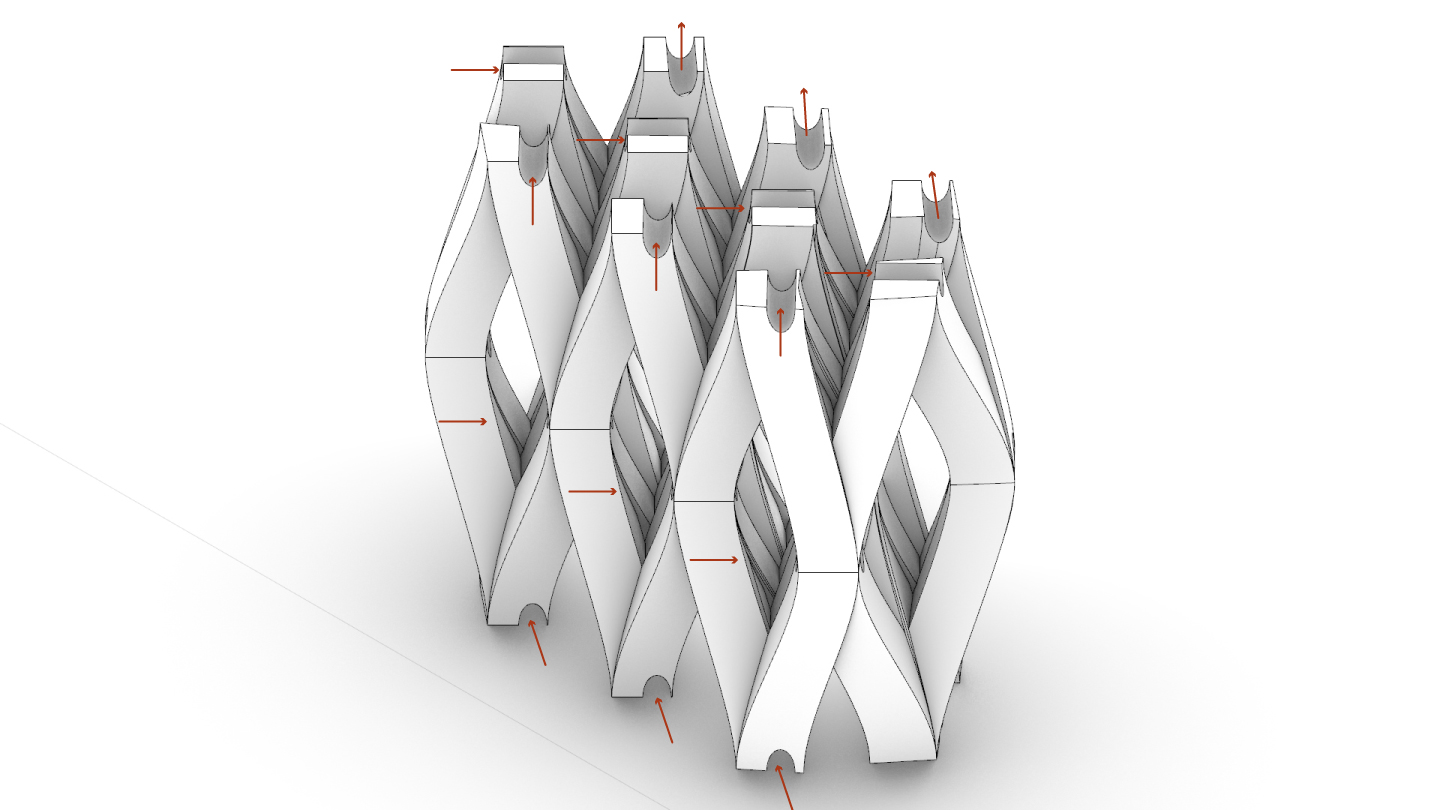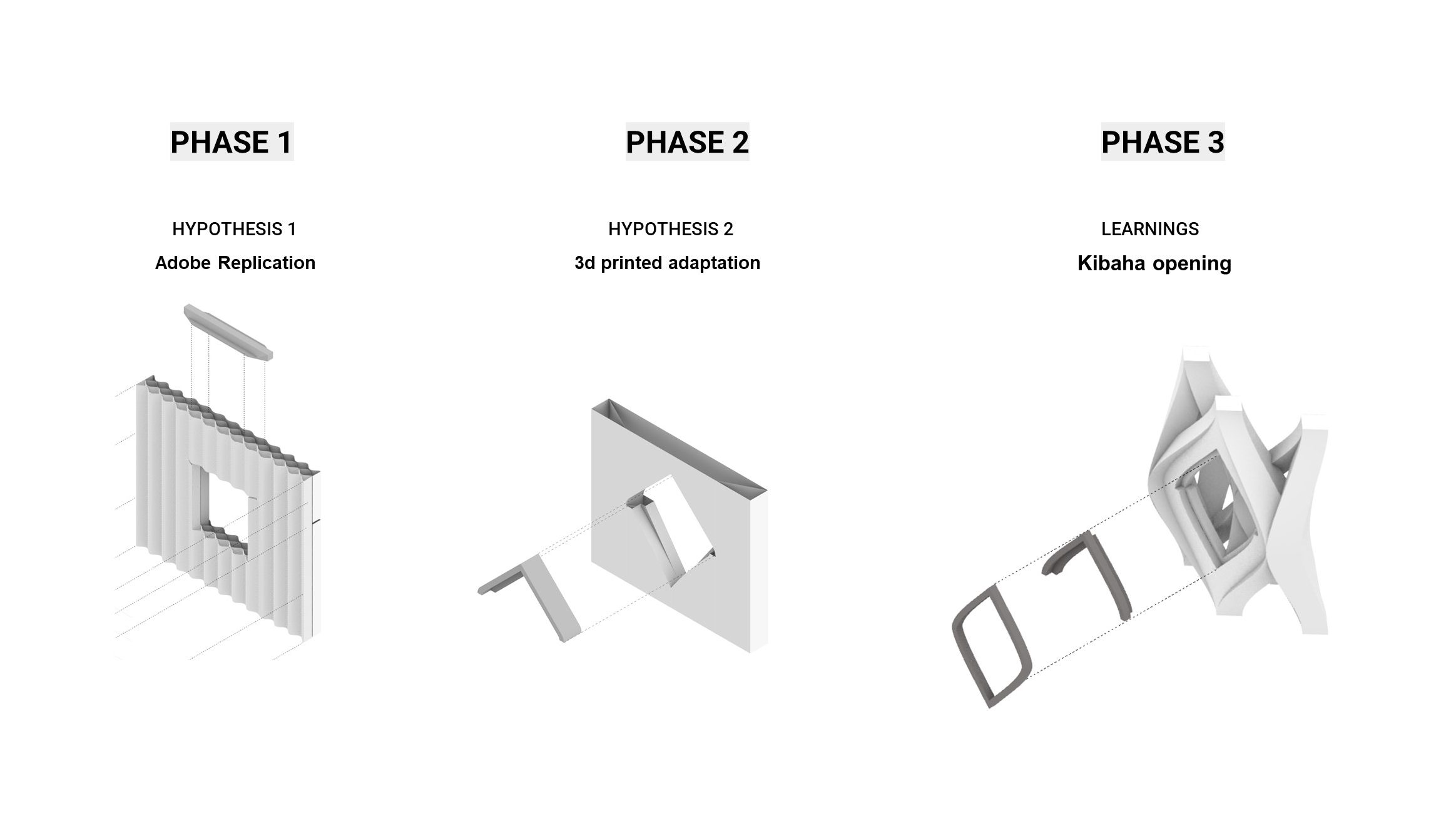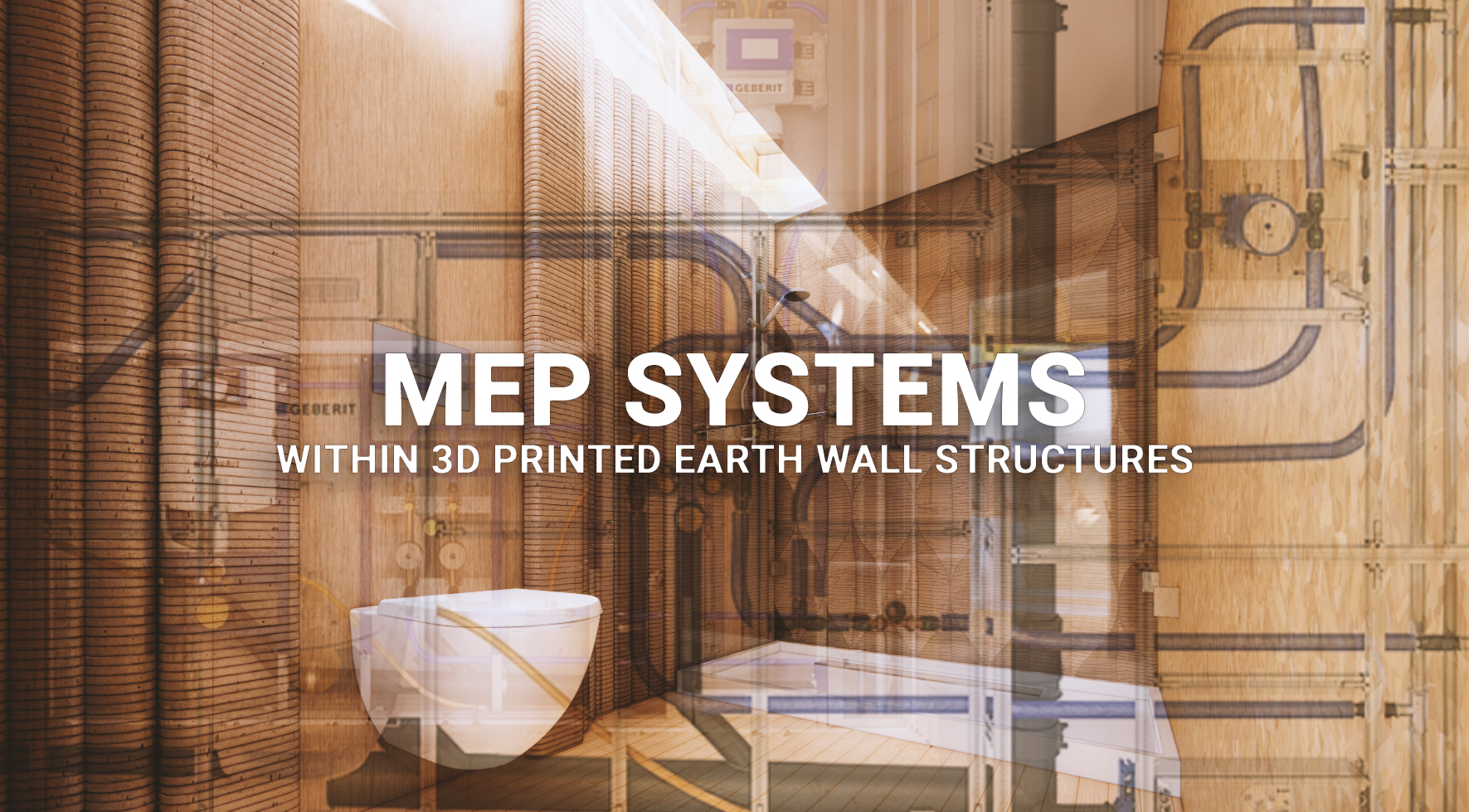3D printing is emerging as a focal point in architectural exploration. With its capacity for limitless creation, it holds the potential to disrupt traditional construction methods, timelines, and stages. In this context, additive manufacturing, at least in theory, offers the possibility to craft architectural components that can be integrated into a unified, holistic design. Material can be deposited with more freedom, without being limited to modulations or other material format constraints. The embedded intelligence now achievable in walls enables them to meet a majority of architectural demands with ease, addressing aspects such as structural integrity, insulation, sustainability, and economics. Large-scale earth additive manufacturing has the potential to satisfy more than one of these categories.
In contrast, our contemporary understanding of architecture perceives it as being composed of various components, building systems and catalogue solutions. We tend to view architecture and structures as assemblies of elements and materials that, when functioning cohesively, address the fundamental comfort requirements of interior spaces. 3D printing has the potential to challenge this viewpoint by offering the possibility to design and fabricate seamless components that can resolve multiple classic architectural needs, occasionally exceeding the performance of conventional layered construction systems.
A primary objective of Phase 2: Research involves determining the viability and design of wall discontinuities, whether they are part of a porosity approach, involve a change in mass, or alter structural capabilities. Mono-material approaches, versus the incorporation of well-known, external elements, are employed to reconceptualize these variations with a unified, holistic design. The question then becomes: will the specific characteristics of the material we use permit this? What can a technology, that theoretically has unlimited potential, genuinely offer in this topic?
When addressing these changes and specificities, vernacular earth architecture typically opts to either alter the material or adjust the mass to accommodate needs. Utilising other materials that address a particular need is common, as earth’s mechanical properties are subpar when dealing with tension forces. Employing thicker walls to build higher and support larger roof spans is commonplace due to compressive strength as well. The efficiency and use of matter become even more appealing, as they can be part of a general plan to achieve a truly holistic design approach.
Extrusion-based additive manufacturing methods encounter limitations and challenges due to gravitational forces acting during the production process. The viscous rheology necessary for successful extrusions doesn’t allow for in-situ consolidation, especially for earth 3D printing. This leads to inevitable challenges when attempting to deposit large quantities of material and, specifically, when trying to span over horizontal distances. Other vital concepts, such as material retraction, bead consolidation, and the need for scaffolding, must be considered too for successfully realising porous and gradiently 3D printed walls.
Learning Objectives
At course completion the student will:
- Formulate a research question and research agenda in an innovative field (related with 3DP).
- Develop scientific research through design.
- Learn to define and use validation methods, both digital and physical.
- Interpret data from testing and propose decisions taken by data analysis.
- Extrapolate conclusions that could be used in a larger-scale architectural design.
- Document and present research findings.








